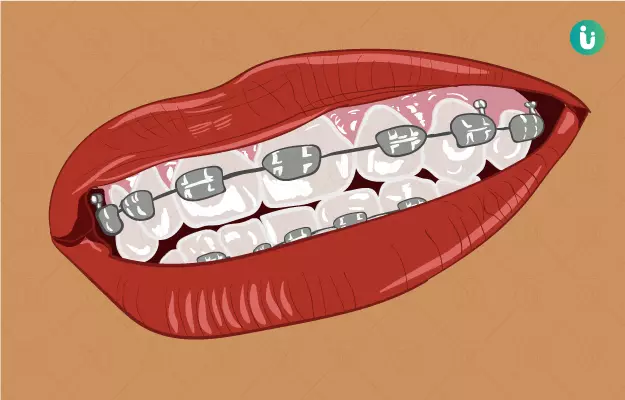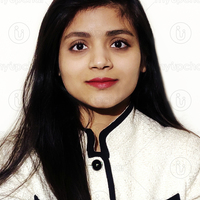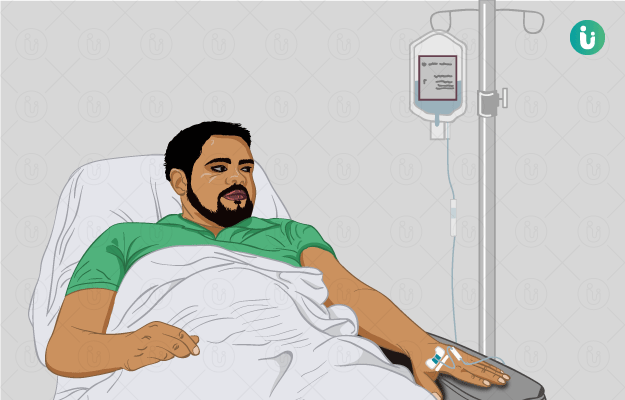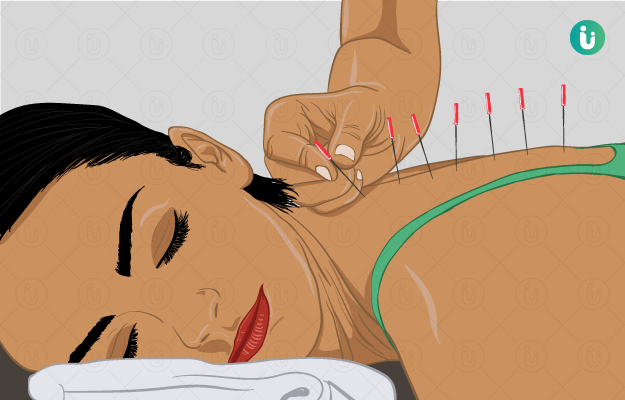You may have seen people with gaps between their teeth, overlapping teeth and protruding teeth. This can sometimes happen as different-sized jaws try to accommodate all 32 teeth in human adults. While this was once seen as unappealing, the standards of beauty are shifting now. For example, a gap in the teeth is seen as desirable in some fashion models in the West.
But aesthetics aside, some of these conditions can have repercussions for oral health. For example, overlapping or "crowded" teeth can be difficult to clean which makes them more prone to gum diseases and cavities. Dental braces can help to correct these conditions. The parts of braces are:
- Brackets: These are the square-shaped object placed on the outer surface of the teeth. They can either be metallic (silver in colour) or made of ceramic (clear, tooth coloured).
- Archwire: The archwire is placed in the middle of the brackets and helps to hold the teeth together as a single unit. Each bracket has a horizontal space where the wire is placed. The archwire can either be metallic silver or white in colour.
- Bands: The bands are the metallic rings that are placed on the first molar on each side (two uppers and two lower). These molar bands act as anchors and help in pulling the rest of the teeth.
- Modules: These are "o" shaped rubber rings which are used to engage and hold the wire inside the brackets. These rings are available in various colours.
The brackets are placed on the surface of the teeth with the help of a material called composite. The composite has a soft rubber-like consistency at room temperature and sets into a hard shell-like form with the help of a UV light source.











































